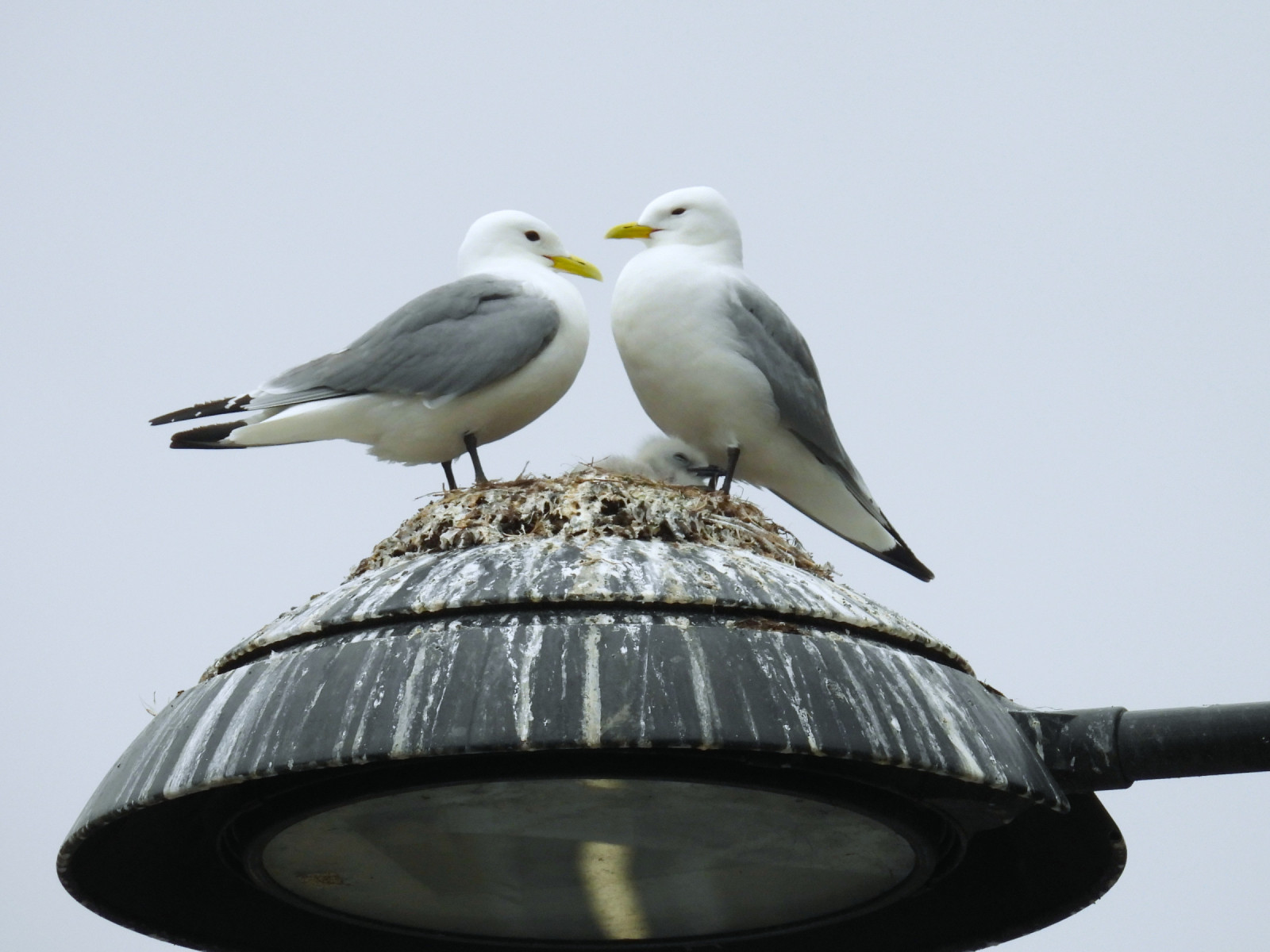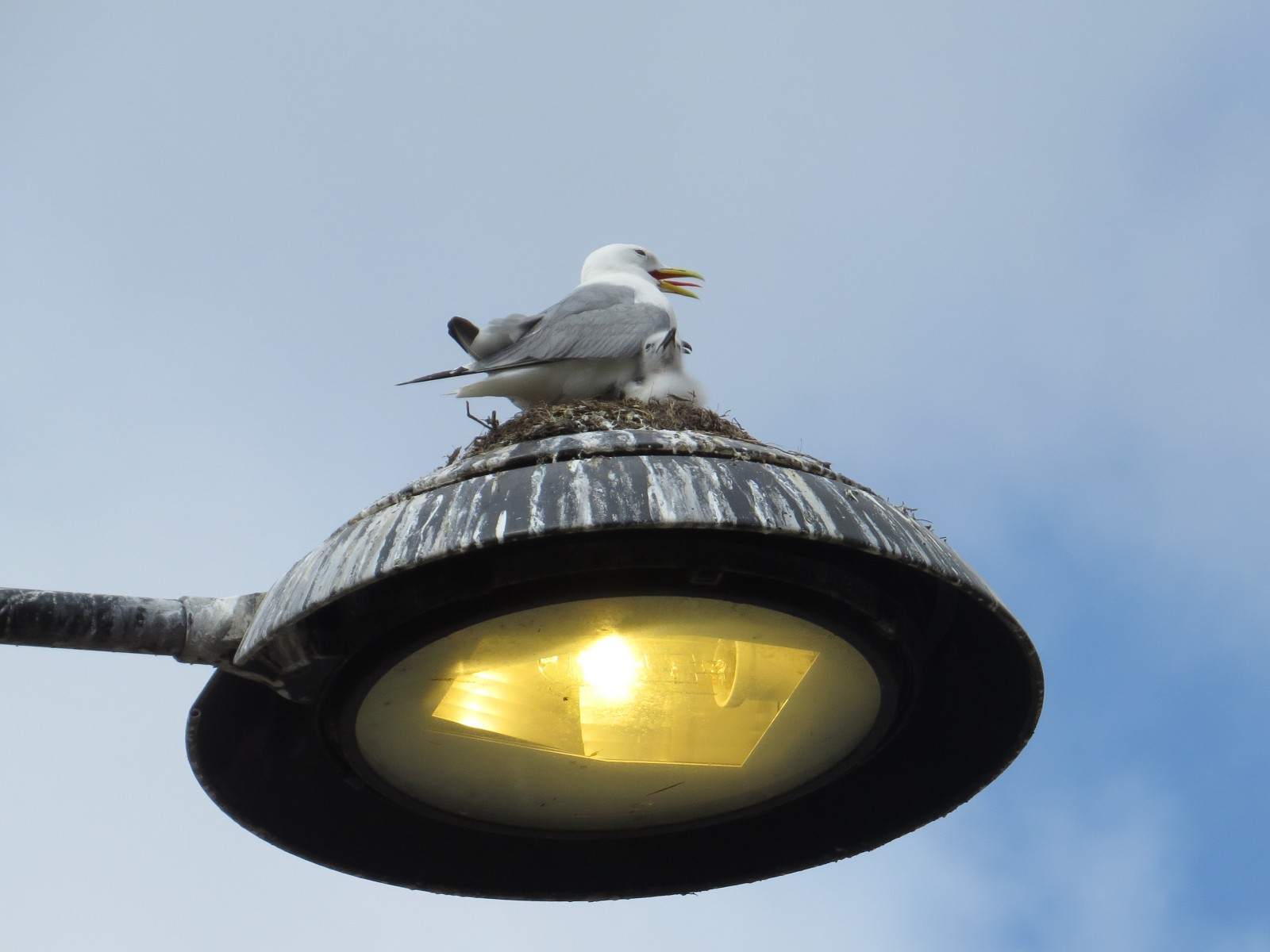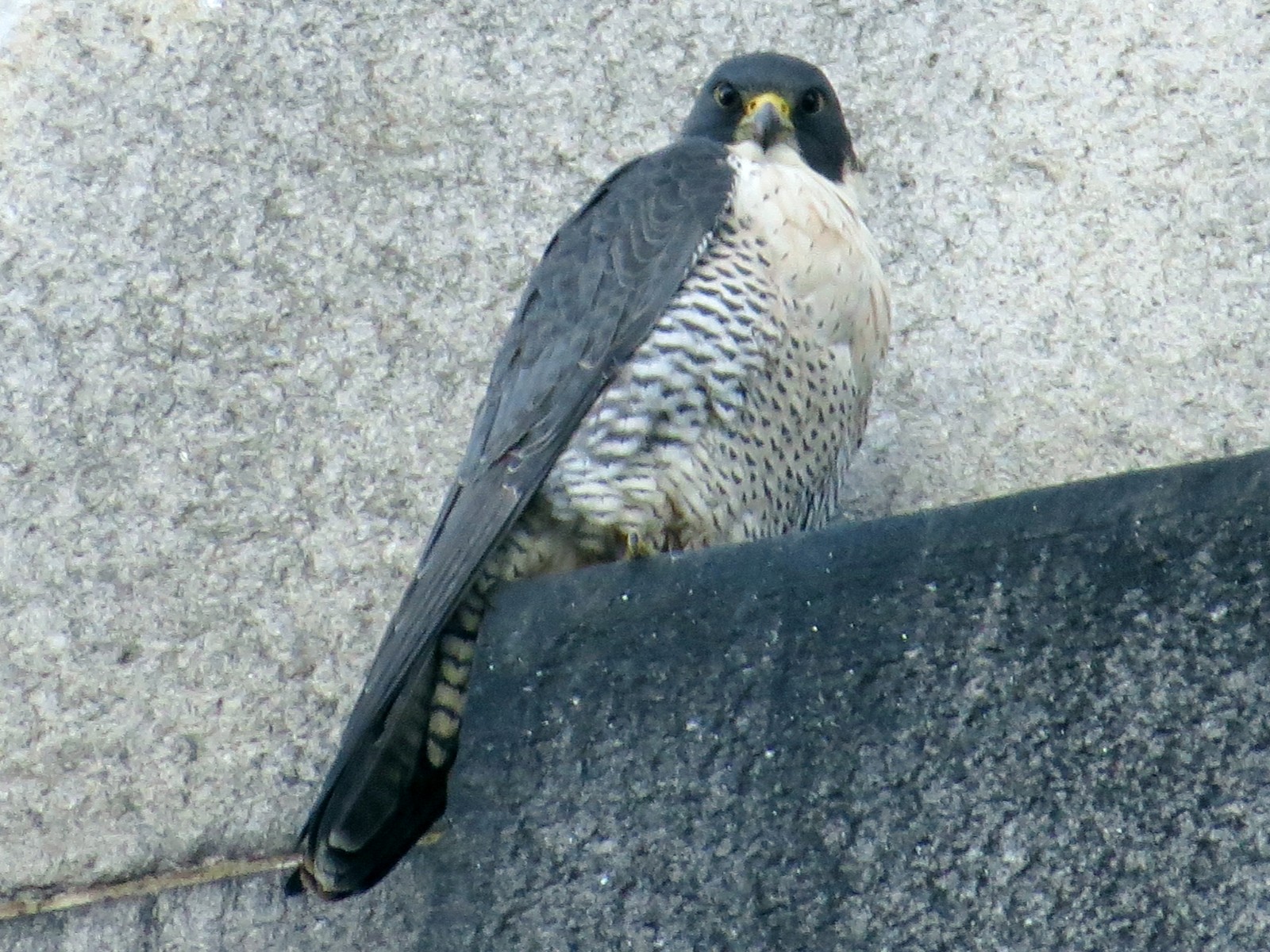Opis
Famous for its globally unique inland urban mewa trójpalczasta colony, the Tyne also has other surprises, including breeding ohar and good numbers of wintering cyraneczka, krwawodziób and kulik wielki. Because the birds are used to seeing lots of people, they can often be seen more closely than birds in rural areas. For the mammal enthusiast, Grey Seal, Common Seal, and Otter can all be seen - not the usual mammal list for the heart of a major city!
Szczegóły
Dostęp
A site ideally suited to walking and cycling, with excellent public transport links. If arriving by train, the mewa trójpalczastas are only ten minutes walk from Newcastle Central Station (and can even be seen from the trains crossing the bridges on their way into the station!). For a longer route (ideal by bike), head west from Newcastle on the north (Northumberland) bank, cross the river over the Scotswood Bridge, and then return on the south (County Durham) bank and cross back into Newcastle by the Swing Bridge or the Millennium Bridge.
Teren i siedlisko
Miasto/wieś , Błota , RzekaWarunki
Płaski , PagórkowatyTrasa dookoła
TakCzy luneta będzie przydatna ?
Może być przydatnaUdany sezon obserwacyjny
Przez cały rokNajlepszy czas na wizytę
Zima , Lato , JesieńTrasa
Droga utwardzona , Szeroka ścieżkaPoziom trudności szlaku pieszego
ŁatwyDostępne
Pieszo , Rower , Wózek inwalidzkiCzatownia/platforma obserwacyjna
NieDodatkowe informacje
Where else in the whole world can you see mewa trójpalczastas - or any other bird - nesting on the tops of city centre lamp posts?!







